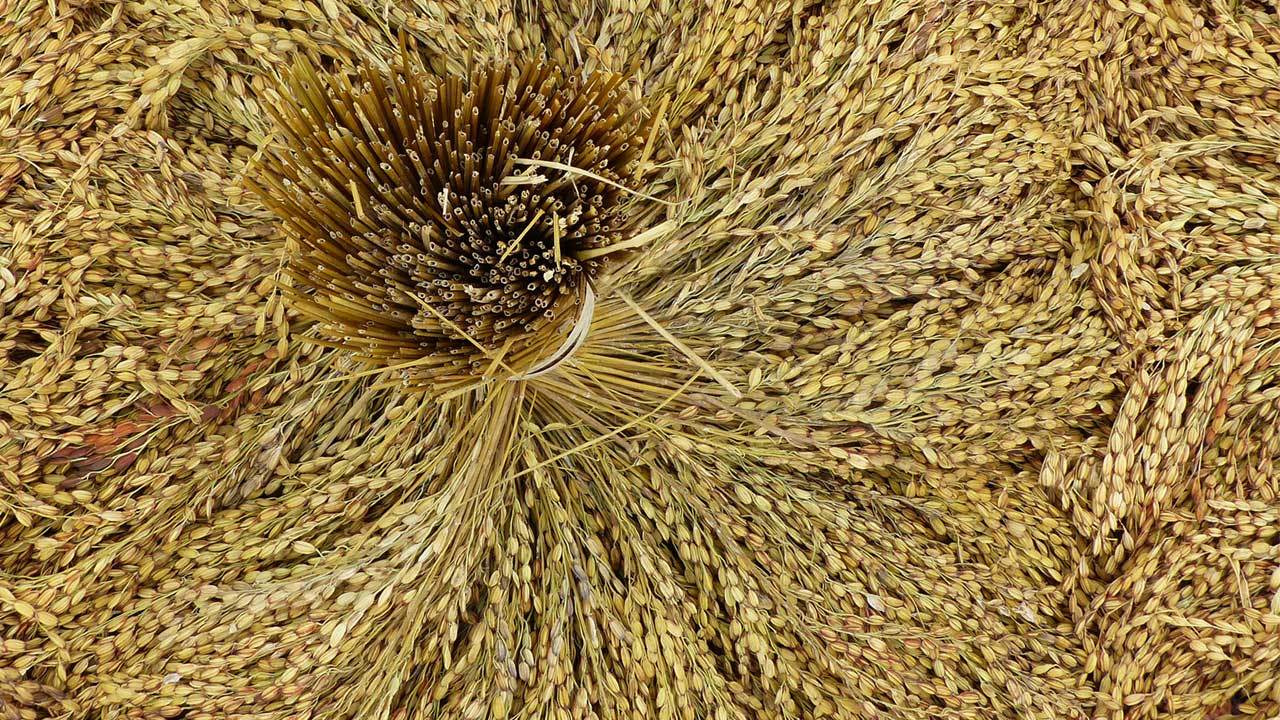Open for students and professionals of Mechanical, Industrial and Product Engineering. Send us an email to request the full assignment sheet via this link.
Past and current research:
2011 – 2012: Edmond Broderick, University of Limerick
2012 – 2013: Brian O’Connell
2015 – 2016: Gary Hoban, University of Limerick
All over Asia and many places in the world, there is an abundance of agricultural waste right after the harvesting season. In many cases this waste product is burned or put under water in the rice paddies to digest. This practice contributes immensely to smoke pollution and greenhouse gases into the atmosphere. It is estimated that the burning and digestion of agricultural waste in India, China, Russia and the US alone contributes to around 10% of the worldwide CO2 emissions.
This habit of destroying valuable material is a pity, because building with straw bales has some excellent advantages. It is cheap, easy to build with, and it has good insulation properties. Also due to its flexibility, straw bale walls perform very well during seismic events. The material may have to be protected against termites and moist. When the bales are compacted sufficiently enough, there is no risk of fire.
Since the material is available in large quantities and at several times per year, it is very usable for building houses and for post-disaster reconstruction. So rather than burning it, we will transform this agricultural waste into blocks and bales for construction purposes.
In many parts of the world electricity, gas and petrol are not always available, so the straw baler must be operated by manpower. The machine must be as simple as possible and without too many instructions, so that anyone can work with it. It must be light and easy to transport, easy to build up on site, easy to repair and should operate without too much maintenance.
The machine must assure a certain compression in order to make compact and strong bales. It has to be able to make different bale sizes and dimensions. Normal bales include standard sized bales and half bales. But we’re also very interested in the possibility to make profiled or interlocking bale types.


